Foxes in the garden: feeding, spotting disease and deterrents
Many of us are living with foxes in our gardens - wildlife expert David Chapman explains what to feed them, how to spot illness and whether you can keep them away.

Many of us are living with foxes in our gardens - wildlife expert David Chapman explains what to feed them, how to spot illness and whether you can keep them away.

I live in the countryside with my wife and we keep animals including chickens so there is something inside me which tells me that I shouldn’t like seeing foxes around the place; but I do. In fact I feel privileged when I see one, particularly if it is with cubs.
It still seems a little strange that foxes are so scarce in the countryside when compared with towns. They have been able to adapt exceptionally well to living alongside people in urban areas so I am a little envious of people who live in towns and have a fox’s den under the shed in their garden.
Within their territory foxes will have many lairs, these are places where they can hide and sleep.
Their dens are more substantial, often having several entrances for safety and this is where they retreat to give birth in spring.
Foxes have just one family per year and the vixen usually gives birth to four or five cubs in March. The mother stays with them at the den for about three weeks and then continues to provide milk for them until they are around two months old.
During this time the young foxes remain in an area close to their den so it is often around the end of April or during May that we first see fox cubs emerging and what more wonderful a sight can we hope to see in our gardens?
Many people choose to encourage foxes by feeding them in their gardens. This is not usually a problem but there are a few issues to consider.
It is better to leave a few tasty morsels than to leave out too much food. If the foxes become totally dependent on you for food they will lose the ability to find their own, this leads to problems when you don’t feed them for whatever reason. Also leaving out too much food will encourage pest species such as rats.
Foxes will eat a wide range of foods. They are carnivores so like cooked or fresh meat and can cope with chicken bones without problem. They will eat dog or cat food either tinned or dried. Other foodstuffs given to foxes include scraps of left-over food from meals; peanuts; fruit and cooked vegetables. I use dried dog food because it is relatively inexpensive, easy to store and clean to handle.
Problems can be caused when wild animals become too habituated to the presence of humans. In seaside towns we see herring gulls snatching food from people because they have been trained to take food from our hands. For this reason we should avoid training foxes to associate people with food, so don’t try to feed foxes by hand and try to conceal your presence when feeding foxes in your garden.
One point I would like to make is that when you put out food for foxes some of it will be taken by other animals so it is important to avoid things which might cause any digestive issues in them. I am thinking particularly of hedgehogs when I say we should avoid putting out fish and dairy products. It is good to provide water and definitely not milk, this could be via a dog’s drinking bowl or a small pond but make sure your ponds have easy exit places for hedgehogs to get out.

Foxes, like dogs, cats and other wildlife, can carry some diseases so it's a good idea to clean up any faeces left by foxes in your garden, just as you would with cats or dogs.
One of the most visual diseases in foxes is called sarcoptic mange, an illness brought about by a mite which is common in other animals including dogs, squirrels and hedgehogs. Foxes with mange will usually be suffering from hair loss and might be seen scratching and biting themselves. This illness is treatable and The National Fox Welfare Society will send out free treatments to anyone who feeds foxes and has seen one with mange.
Clearly there are plenty of people who want to deter foxes from entering their properties. Foxes pose a threat to people who keep poultry or small pets such as rabbits and guinea pigs, particularly where they are outside at night.
There are a number of deterrents available but none of them are 100% successful. If you want to keep your pets or poultry safe outdoors then there is no substitute for secure, predator-proof housing: it is easier to proof a chicken run against foxes than to secure your garden against them.
Foxes are much slimmer and more nimble than people think, they are able to jump through sheep netting (with a hole size of about 4 to 5 inches square) and can climb over six foot high fences.
That said foxes won’t go to all that trouble if there is nothing to be gained. So be careful what you do with your edible rubbish, make sure it is properly sealed in a fox-proof dustbin and the smell can’t get out.
If you feed the birds use trays under the feeders to prevent spillage on the ground underneath.
Fill gaps in your fences and don’t leave a fox-sized gap under your shed where they could make a home.
Using all of these strategies will help make your garden less fox-friendly particularly if you consistently use one or two of the following deterrents.
Mammal repellents are available (e.g. Scoot). These work by introducing an artificial scent mark which deter foxes. Alternatively scatter human hair around the edge of the garden or use human urine (male’s is best) in the same way. This works on the principle that foxes are territorial and don’t want to enter the territories of other, more dominant mammals.
The other most effective strategy is to use a sonic repellent. A battery-powered device which emits a high frequency sound which is unpleasant for foxes but which is inaudible to humans. The problem with this type of device is that pets and other wild animals might also be affected.
Mirrors can alarm foxes because they think there are other foxes around. If you live in the countryside then you could try leaving a radio on but this probably won’t impact on urban foxes which become quickly accustomed to sounds. Motion-sensitive lights can also have an impact in the short term but it’s likely that foxes will soon become accustomed to these as well.

The fact that the path of the fox often crosses ours is the reason why its name has been used in so many other words and terms. To fox someone means to confuse them, which is a reference to the slyness of a fox; we have foxhound, foxbeagle, foxterrier, foxbolt, foxevil, foxsleep, foxhole, foxtrot, flying fox, fox moth to name but a few.
There are games named after the fox including fox and geese, a game that I can well remember playing on a draughts board. Ironically the name of the foxglove wasn’t originally derived from the fox, it was a glove belonging to the little folk or folk’s glove until it was corrupted to the more popular variation.
Someone who is ‘foxy’ is a bit crafty though the term can appertain to coarseness of flavour or smell; the distinctive reddish colour or even to one who is a little sexy. To me a fox in its prime is all of those things and more.
For mange treatments and other advice the National Fox Welfare Society has more information.
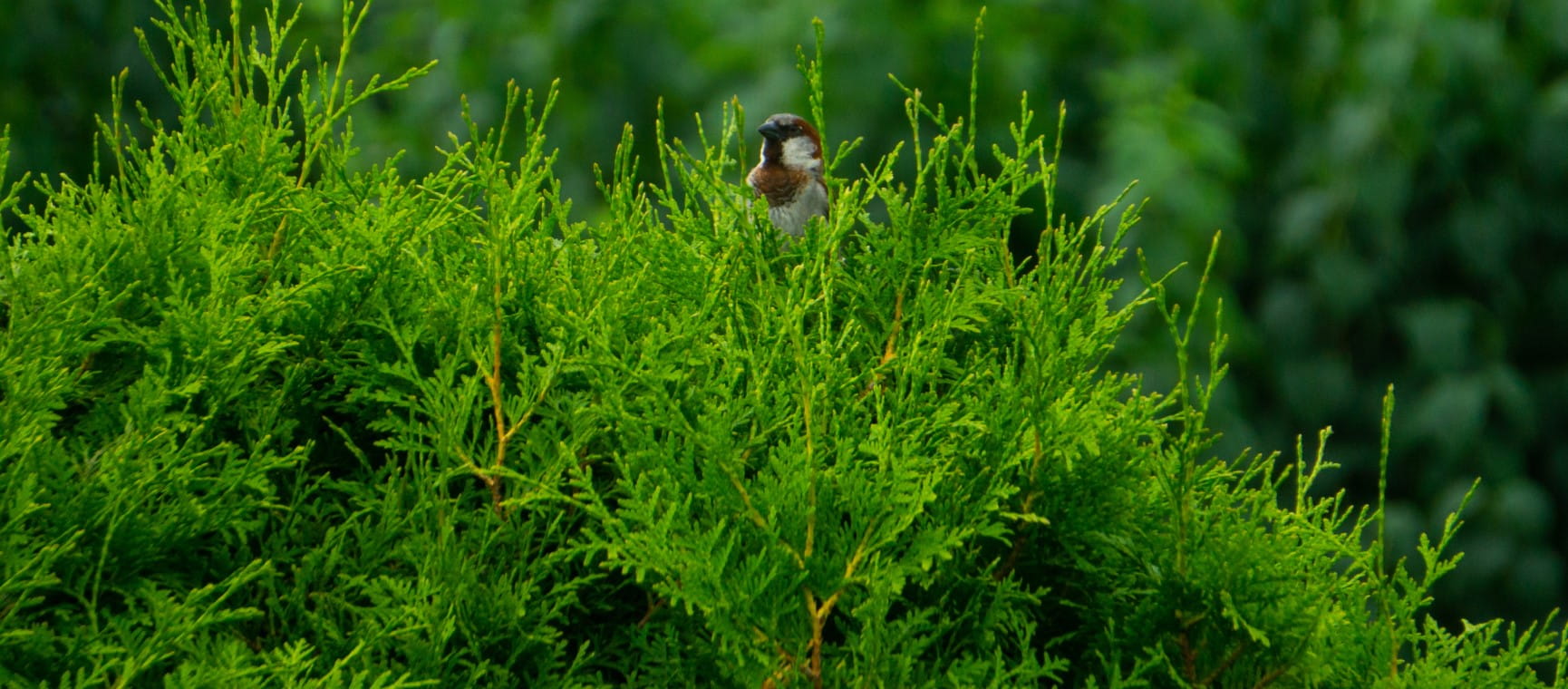
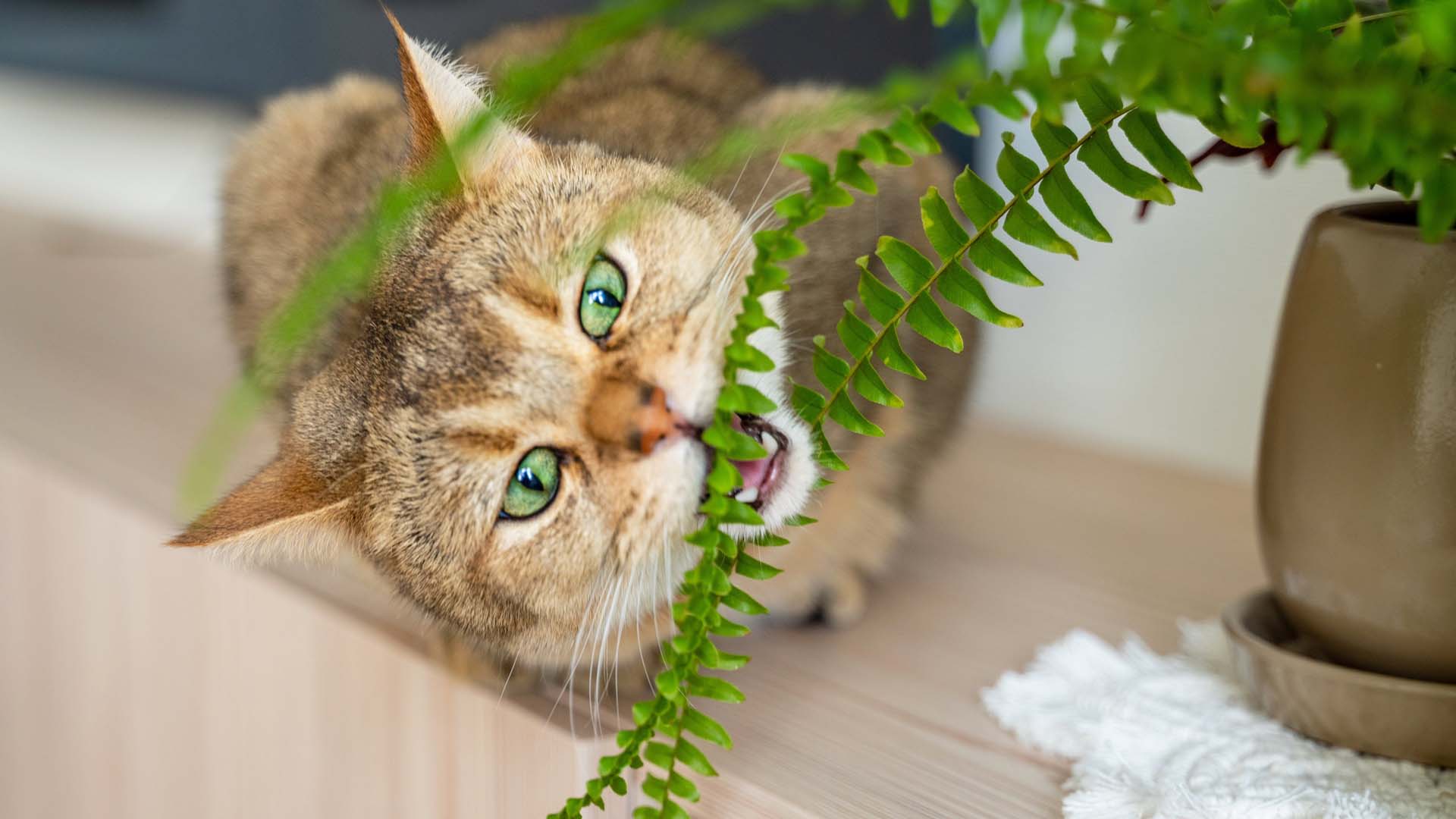
Pots at the ready – these safe houseplants for pets will help your house become tropical, not toxic.



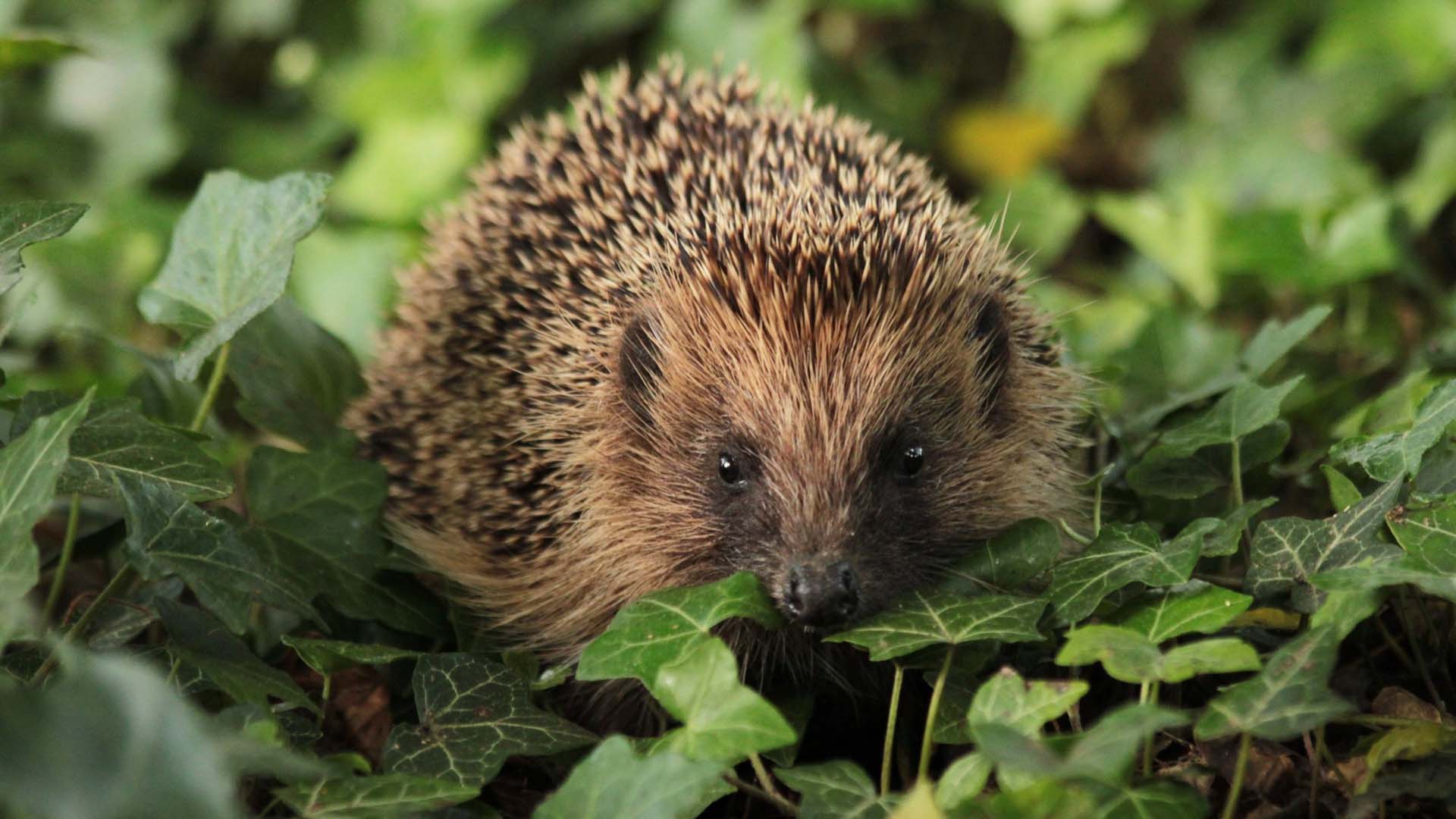


A former Highgrove gardener shares his advice. If they’re good enough for the royals, they’re good enough for us.
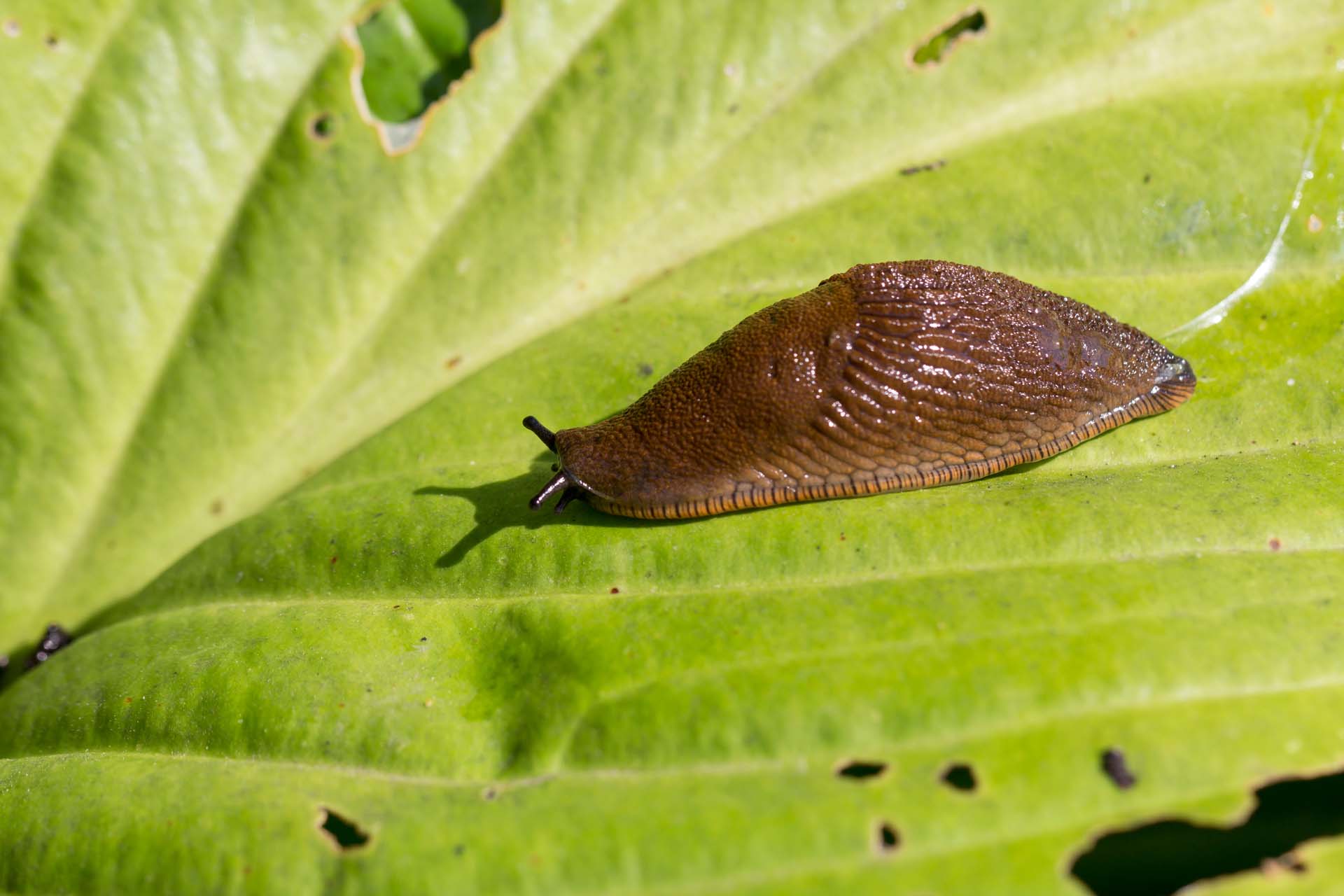
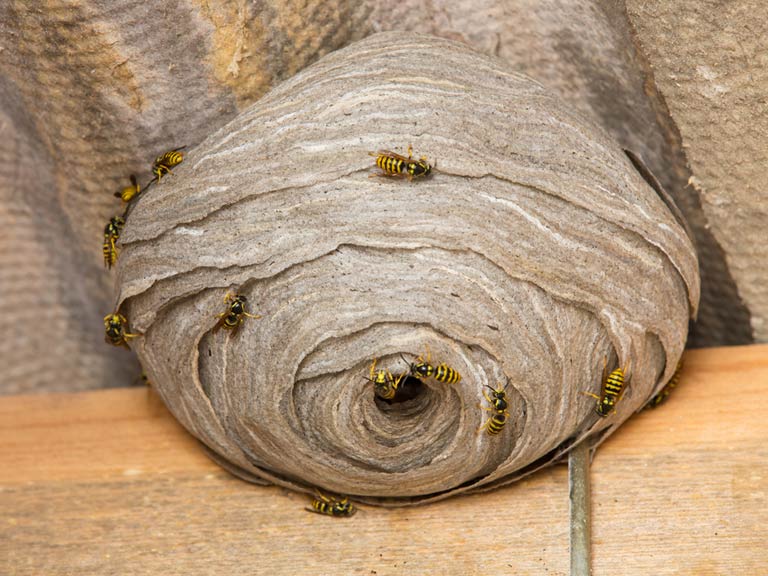
We aren’t the only ones to welcome warmer weather, wasps do too and they could be sharing your home. Find out how to identify a wasp nest and what to do about it

If you've seen a large brown rodent in your garden or swimming in your pond you might be wondering what it is. Wildlife expert David Chapman explains how to tell a water vole from a rat

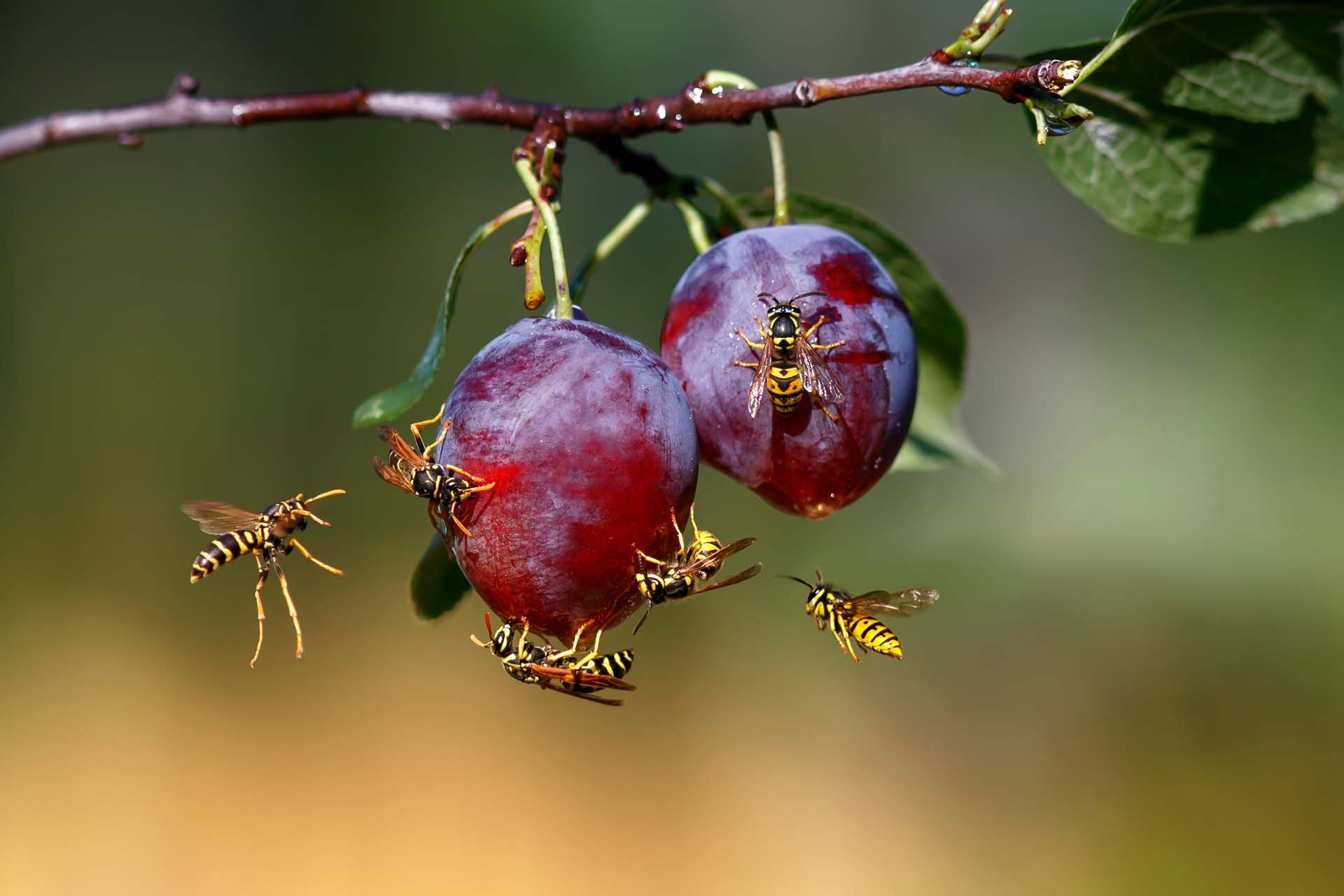
Blighted by buzzing? How to keep wasps out of your garden without harming them so you can enjoy the summer.

Many of us are living with foxes in our gardens - wildlife expert David Chapman explains what to feed them, how to spot illness and whether you can keep them away.

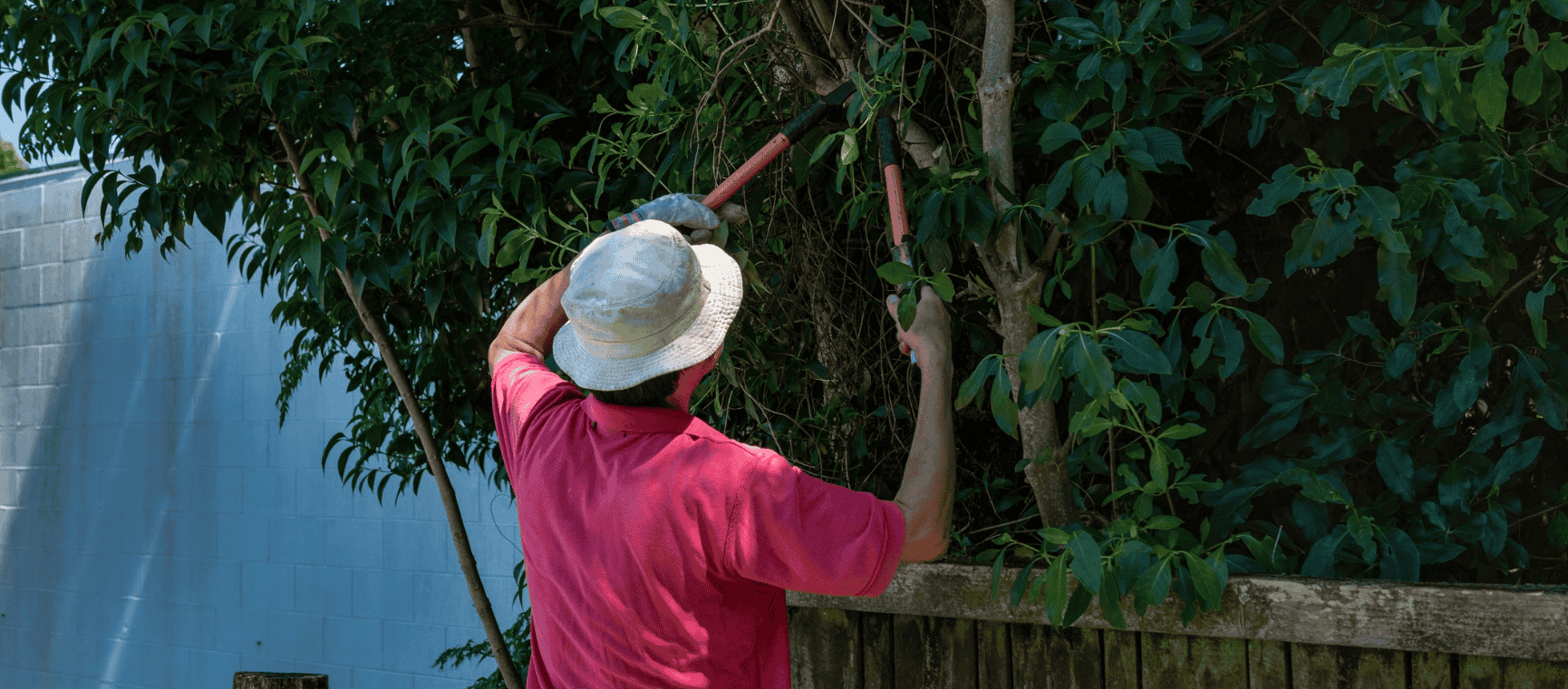
The ways you could be breaking the law in your back garden - with expert advice on how to avoid neighbour disputes, a fine or even a prosecution.